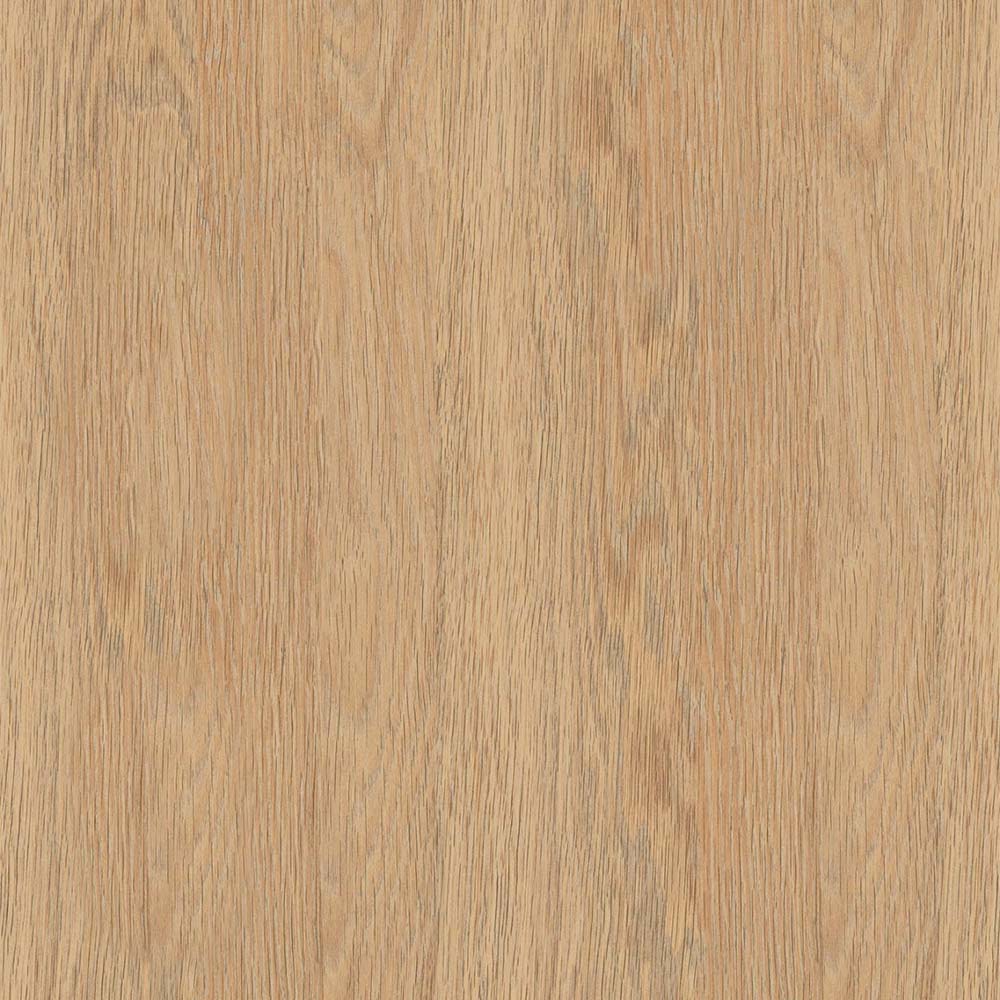

I often use other approaches first, such as copy other parts of the image, stretching the image, or using the Fill Tool with the Content-Aware option selected.
Seamless wood texture photoshop tutorial manual#
It’s a very manual process that, depending on the image, can take a really long time. The surest way to remove seamlines is by using the Clone Stamp Tool. When I think this step is going to be an issue, I will do it before any other edits to get an idea of what I might be facing. Sometimes, I make it this far just to realize that it will take far too long to remove the seamlines and start looking for another image. What edits are needed varies greatly depending on the image. Remove Vertical Seam Lines: Filters > Other > Offset > Vercial> 50% of Image Heightįor each of these offsets, I edit the image to remove the seamlines. Remove Horizontal Seam Lines: Filters > Other > Offset > Horizontal > 50% of Image Width

I remove seamlines using a two-step process as follows: This will “wrap” the edges of an image around the edges of the canvas based on the offset values you specify. Tiling a texture in Photoshop is really easy-just use the Offset Filter with the Wrap Edges option selected. Imbalance exposures, wandering structural lines, and even areas of varying sharpness can cause tiling issues. Several different approaches can be used for removing seam lines after using the Offset FilterĮverything I’ve done to this point is to make removing seam lines as easy as possible. This tool “wraps” the edges of an image file around the edges of the canvas such that the left edge will align to the right edge and the top edge will align to the bottom edge. The main tool used to create tileable textures in Photoshop is the Offset filter. Photoshop can do just about anything one can imagine to a 2D image, provided you’re willing to put in the effort. Personally, I avoid textures that don’t tile as much as possible-I know their negative implications on my workflow. Seamless textures are also an attribute that will help marketplace assets sell better and receive better reviews. The problem is that most images aren’t seamless, especially ones that you might have taken with your camera-the real world doesn’t tile very often. You don’t have to stress as much about UV Mapping, you can re-use images more, and post-processing is less of a headache. You can see both Photoshop and illustrator tutorials here.Textures that tile make life easy. Today in this post we have put together a great list of patterns, textures Design tutorials for designers. even though, patterns are still in place as they add personality to a design. Today’s designs are more minimal and flat. I have to admit that the use of patterns, textures are negligible than before.

Patterns and textures help designers to add depth and feel to a design. Patterns and textures are building block of a website like colors, fonts …. We have seen many websites describe patterns and Textures as a trend in web designing, but it is not just a trend. If you are a web or a graphic designer you might use Patterns and Textures a lot.


 0 kommentar(er)
0 kommentar(er)
